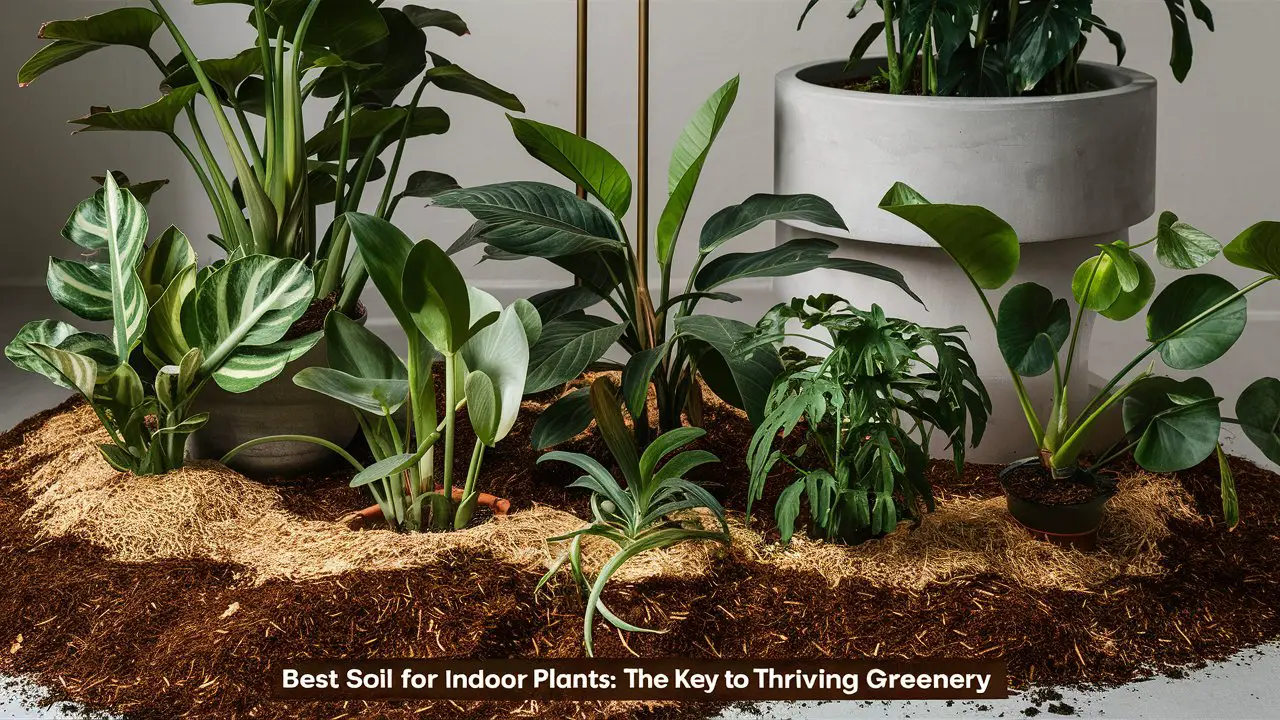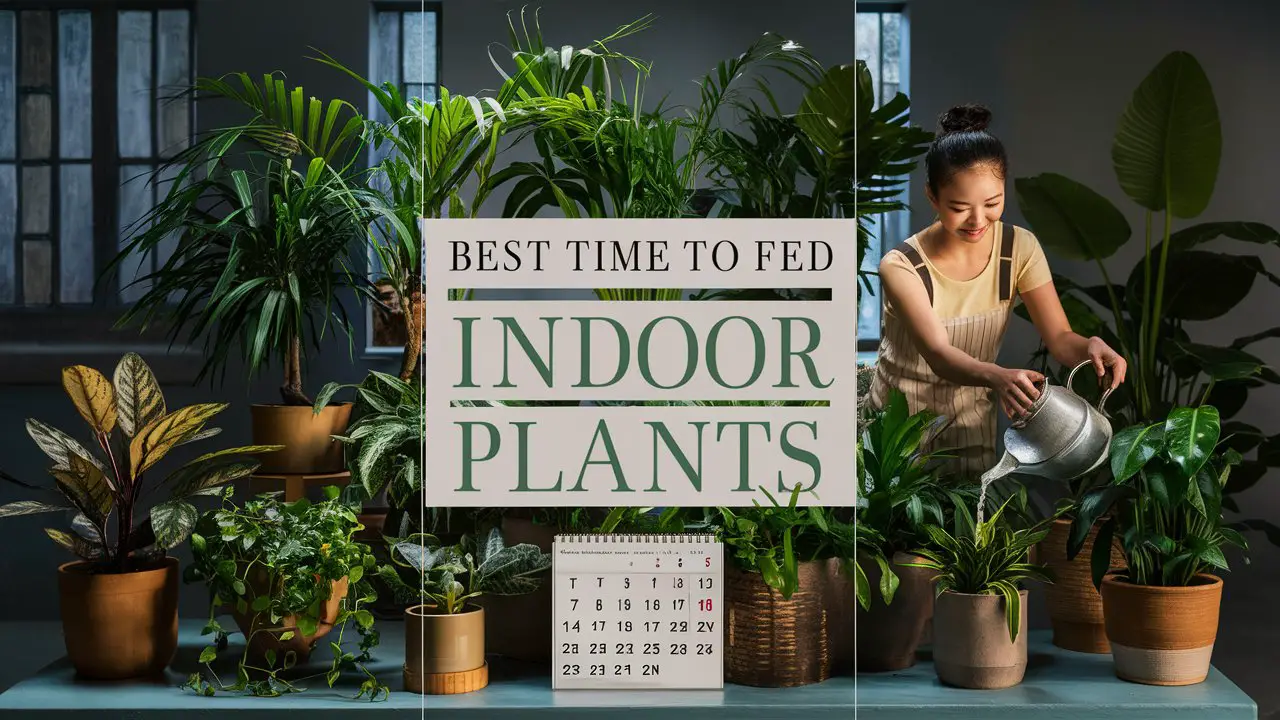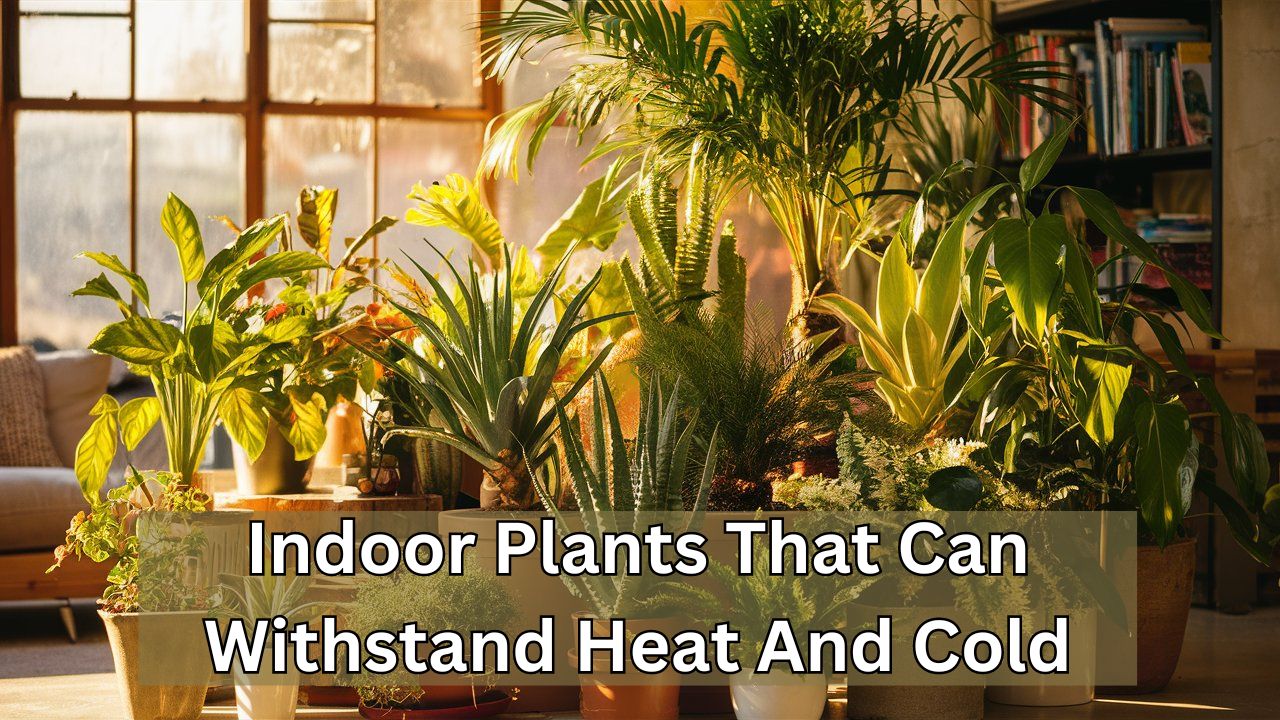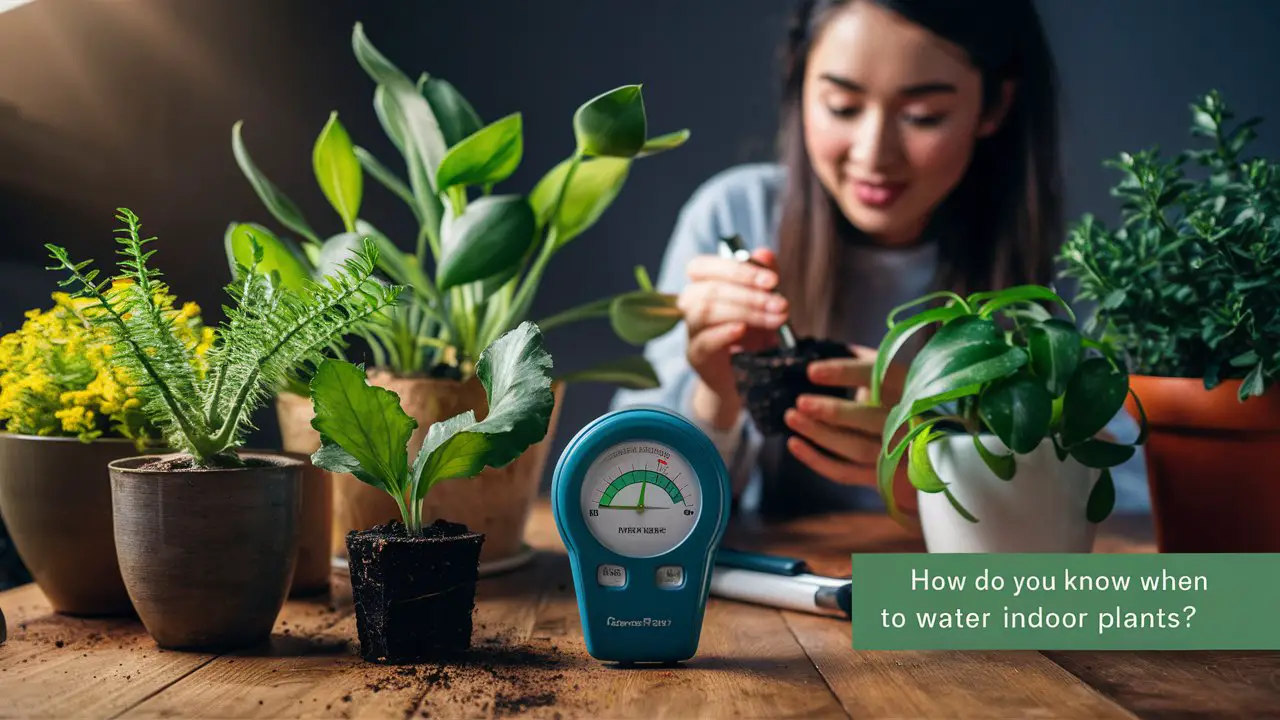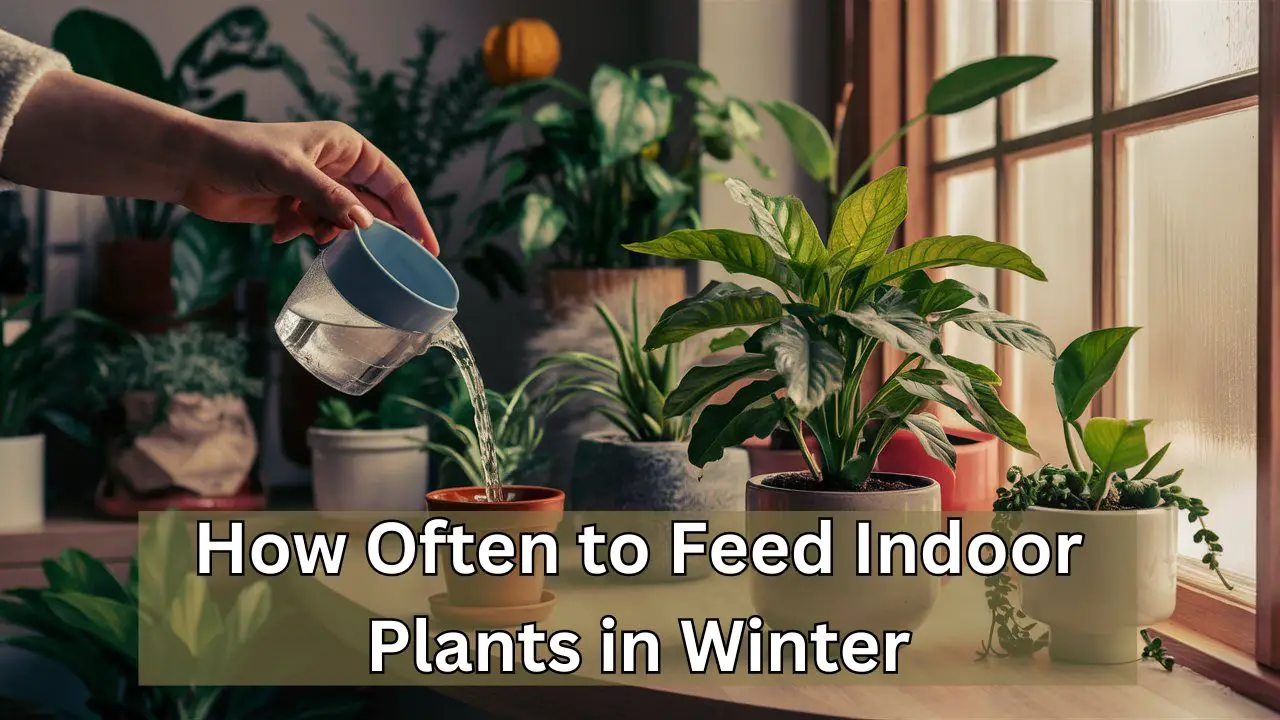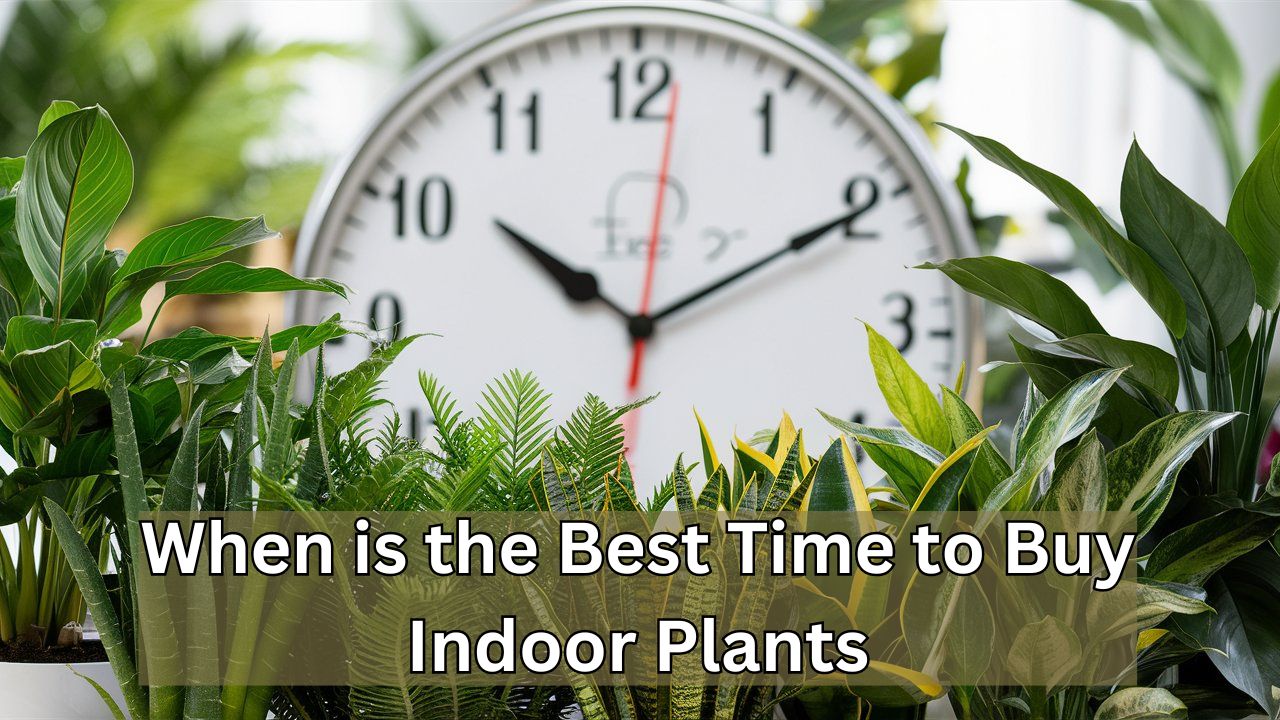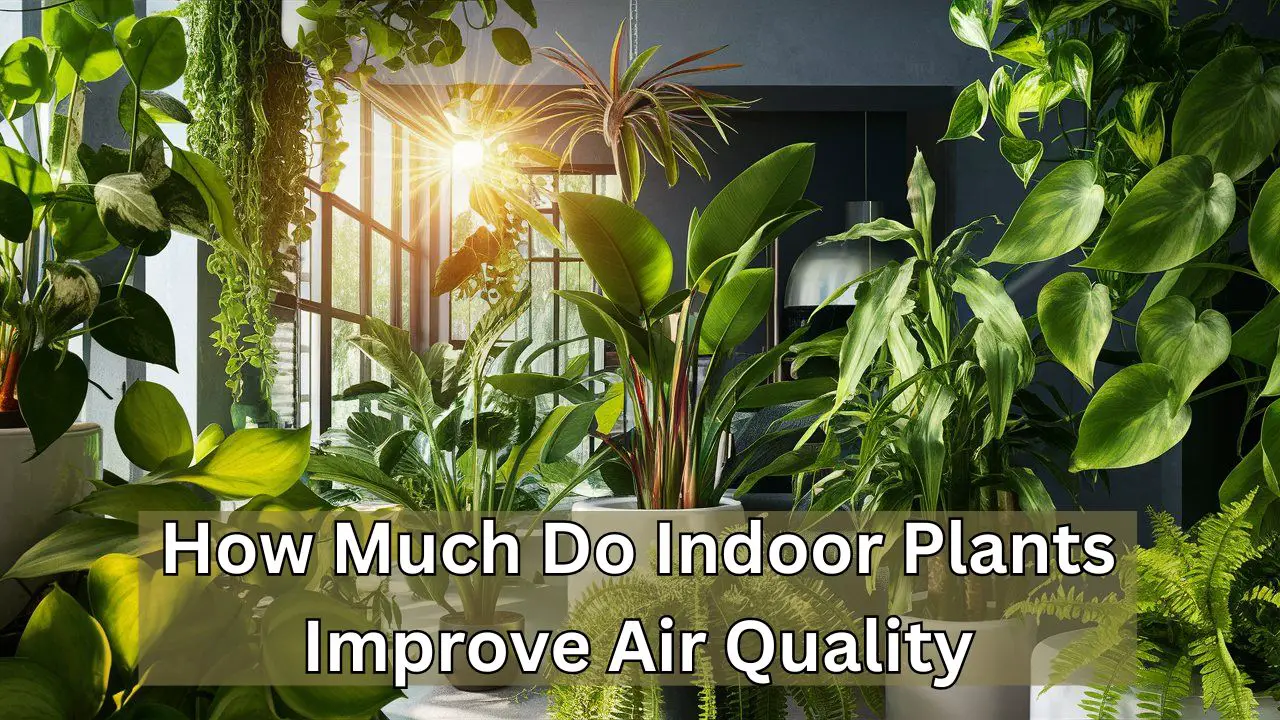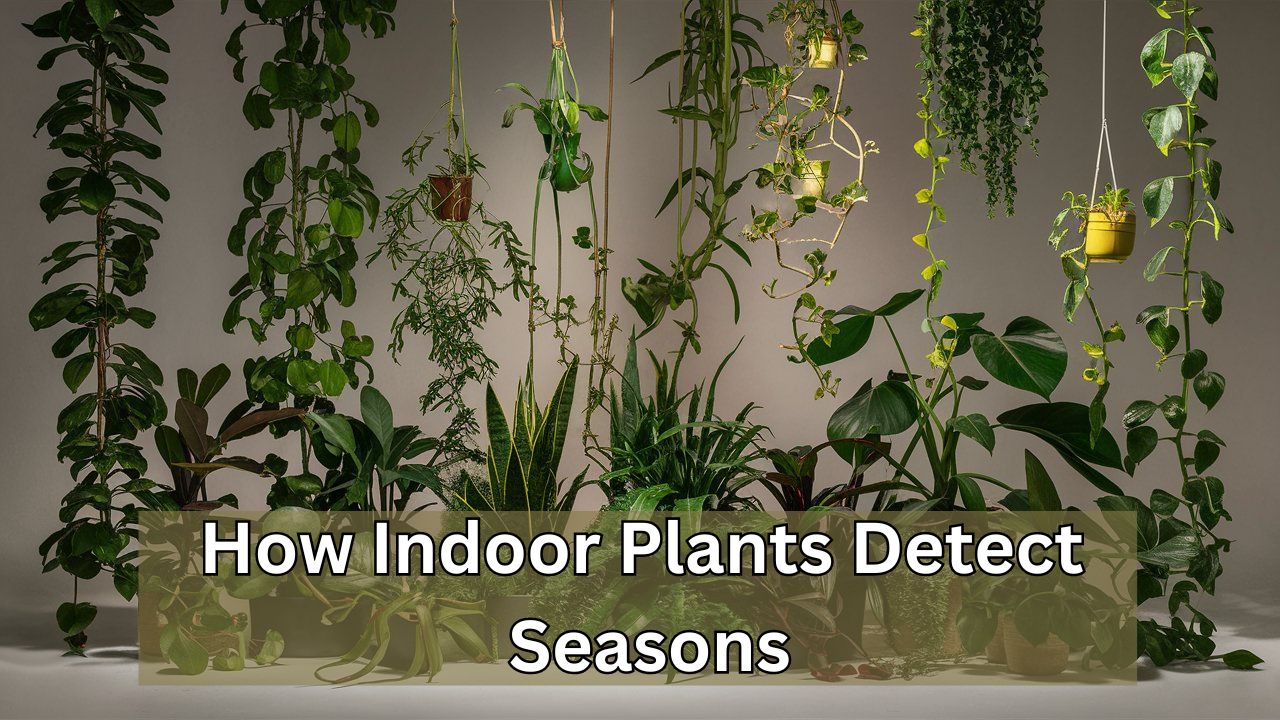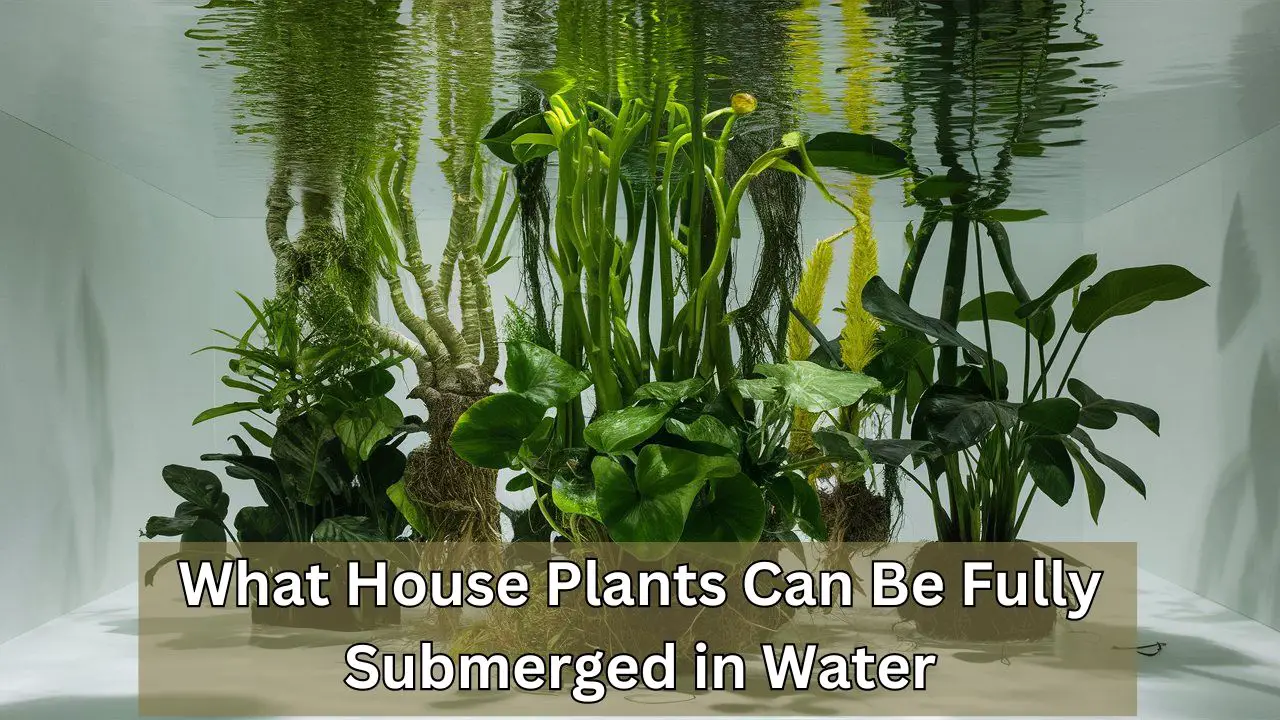Author: Raihan Saiful
-
How to Make the Best Soil for Indoor Plants: Expert Tips
To make the best soil for indoor plants, mix potting soil, perlite, and organic compost. Ensure proper drainage and aeration. Indoor plants thrive with the right soil mix. The ideal soil must be well-draining, rich in nutrients, and light enough for roots to breathe. Combining potting soil, perlite, and organic compost creates an optimal environment.…
Categories: Indoor Plants -
When is the Best Time to Feed Indoor Plants?: Unveil Secrets
The best time to feed indoor plants is during their active growing season, typically from spring to early fall. Avoid feeding during winter dormancy. Indoor plants need nutrients to thrive, just like outdoor plants. Feeding them during their active growth phase ensures they get the energy required for optimal health. Spring to early fall is…
Categories: Indoor Plants -
Indoor Plants That Can Withstand Heat And Cold: Hardy Heroes
Spider Plant, Snake Plant, and ZZ Plant are indoor plants that can withstand both heat and cold. These resilient plants thrive in varying conditions. Indoor plants enhance home aesthetics and improve air quality. Finding plants that can tolerate temperature fluctuations is essential. Spider Plant, Snake Plant, and ZZ Plant are perfect choices. These plants adapt…
Categories: Indoor Plants -
How Do You Know When to Water Indoor Plants: Essential Tips
Check soil moisture by inserting your finger 1-2 inches deep. Water when the top inch of soil feels dry. Indoor plants need proper watering for healthy growth. Overwatering or underwatering can harm plants. Checking soil moisture helps determine the right time to water. Insert a finger into the soil to check for dryness. Water when…
Categories: Indoor Plants -
How Often to Feed Indoor Plants in Winter: Key Tips
Feed indoor plants once every 4-6 weeks during winter. They require less frequent feeding due to slower growth. Indoor plants enter a dormant phase in winter, reducing their nutritional needs. Overfeeding can harm plants during this period. It’s essential to adjust your care routine to match their slower growth. Watering needs also decrease, so check…
Categories: Indoor Plants -
When is the Best Time to Buy Indoor Plants?: Seasonal Guide
The best time to buy indoor plants is during the spring and early summer. These seasons offer optimal growth conditions. Spring and early summer provide the best climate for indoor plants to thrive. During these months, the days are longer, and sunlight is more abundant. This increased light helps plants grow stronger and healthier. Warmer…
Categories: Indoor Plants -
How Much Do Indoor Plants Improve Air Quality: Breathe Easy!
Indoor plants can improve air quality by removing toxins and increasing humidity. Their impact, however, is generally minimal in typical home settings. Indoor plants have gained popularity for their aesthetic appeal and potential health benefits. Many people believe that houseplants can significantly improve air quality. While plants do remove some toxins, their overall impact on…
Categories: Indoor Plants -
How Indoor Plants Detect Seasons: Unveiled Secrets
Indoor plants sense the changing seasons through variations in light, temperature, and humidity. These factors trigger their growth and dormancy cycles. Indoor plants, just like their outdoor counterparts, are sensitive to environmental changes. They rely on cues from their surroundings to adapt to different seasons. Light levels, temperature fluctuations, and humidity changes are primary indicators.…
Categories: Indoor Plants -
What Happens When You Put Indoor Plants Outside: Thrive or Die?
Indoor plants may experience shock when moved outside suddenly. This can cause wilting, leaf burn, or pest issues. Indoor plants add beauty and improve air quality in homes. Moving them outdoors can benefit their growth, but it requires careful planning. Outdoor conditions such as direct sunlight, temperature changes, and pests can harm delicate indoor plants.…
Categories: Indoor Plants -
What House Plants Can Be Fully Submerged in Water: Top Picks
Anubias, Java Fern, and Marimo Moss Ball can be fully submerged in water. They thrive in aquatic environments with proper care. House plants that can be fully submerged in water are unique and fascinating. These plants are perfect for aquariums, water gardens, and hydroponic setups. They not only enhance the aesthetics of your space but…
Categories: Indoor Plants

